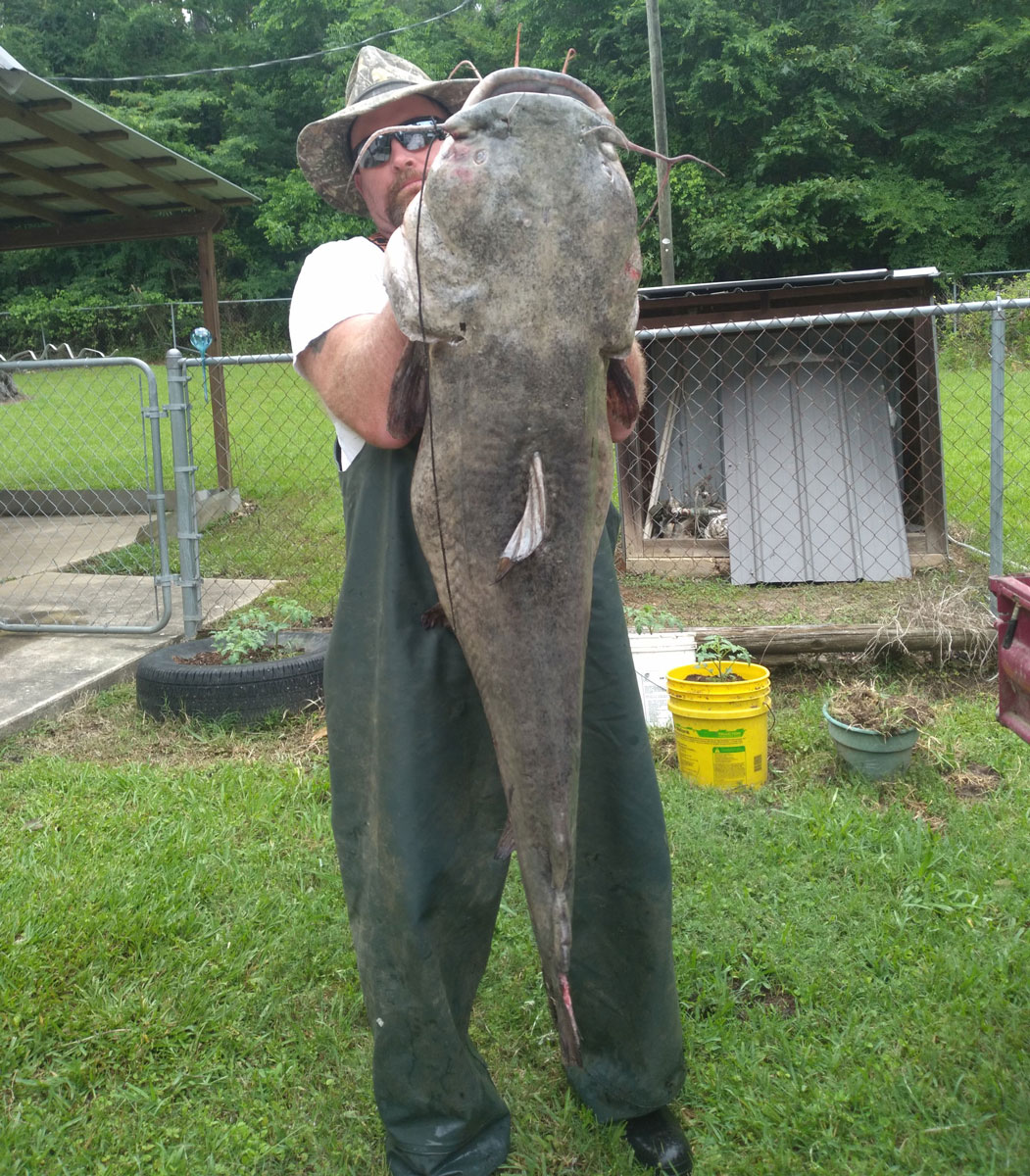Introduction
For many anglers, the pursuit of catfish is a thrilling and rewarding endeavor. These whisker-faced giants are known for their size, strength, and delicious taste, making them a popular catch in freshwater bodies around the world. While there are various methods to catch catfish, one technique that stands out for its efficiency and effectiveness is "catfishing on a trotline." In this article, we'll delve into the world of trotline catfishing, exploring what it is, how to set it up, and why it's a favored method among seasoned catfish hunters.
Understanding Trotline Catfishing
A trotline is a long fishing line, typically anchored at both ends, that features multiple baited hooks suspended at intervals. Anglers use trotlines to catch fish passively, allowing them to target a broader area of water without actively holding a fishing rod. This method is particularly effective for catfish, which are known to scavenge the bottom of rivers, lakes, and ponds in search of food.
Setting Up Your Trotline
- Gather Your Equipment: To get started with trotline catfishing, you'll need a few essential items, including a sturdy mainline (usually 100-200 feet long), hooks (size and style of your choice), weights to sink the line, buoys to mark your trotline's location, and bait (stink bait, live bait, or cut bait work well for catfish).
- Select a Suitable Location: Choose a fishing spot that's known for catfish activity. Look for areas with slow-moving or still water, such as the bends in rivers, deep holes, or the backwaters of lakes.
- Anchor the Line: Secure one end of your trotline to a fixed object, like a tree or a post, on the shore. Make sure the line is taut and properly anchored to prevent it from drifting.
- Add Hooks: Attach your hooks at regular intervals along the mainline. The spacing between hooks will depend on local regulations and your preferences, but a typical range is 3 to 5 feet apart.
- Bait the Hooks: Place your preferred catfish bait on each hook. Catfish are known for their keen sense of smell, so use bait that emits strong odors to attract them.
- Add Weights and Buoys: Attach weights to the line to keep it submerged, and buoy markers at the opposite end to indicate the trotline's location. Make sure the line runs vertically in the water column.
Why Trotline Catfishing?
- Efficiency: Trotlines allow you to cover a larger area and set multiple hooks simultaneously, increasing your chances of catching catfish.
- Hands-Free Fishing: Unlike traditional rod-and-reel catfish on a trotlining requires less active involvement, making it a great option for anglers who want to relax and enjoy the outdoors.

- Catfish Success: Catfish are bottom-dwellers, making them highly susceptible to trotline setups, which are positioned near the river or lakebed where catfish typically forage.
- Quantity and Variety: Trotlines often yield a variety of catfish species and sizes, providing an exciting and diverse catch.
Conclusion
Catfishing on a trotline is a time-tested and effective technique for catching catfish. By setting up a trotline correctly and choosing the right location and bait, you can increase your chances of reeling in these prized freshwater fish. Whether you're an experienced angler looking for a new challenge or a novice wanting to try a different approach, trotline catfishing offers a rewarding and enjoyable way to connect with nature and land some impressive catfish catches. So, gather your gear, scout your fishing spot, and get ready to embark on a catfishing adventure like no other.












